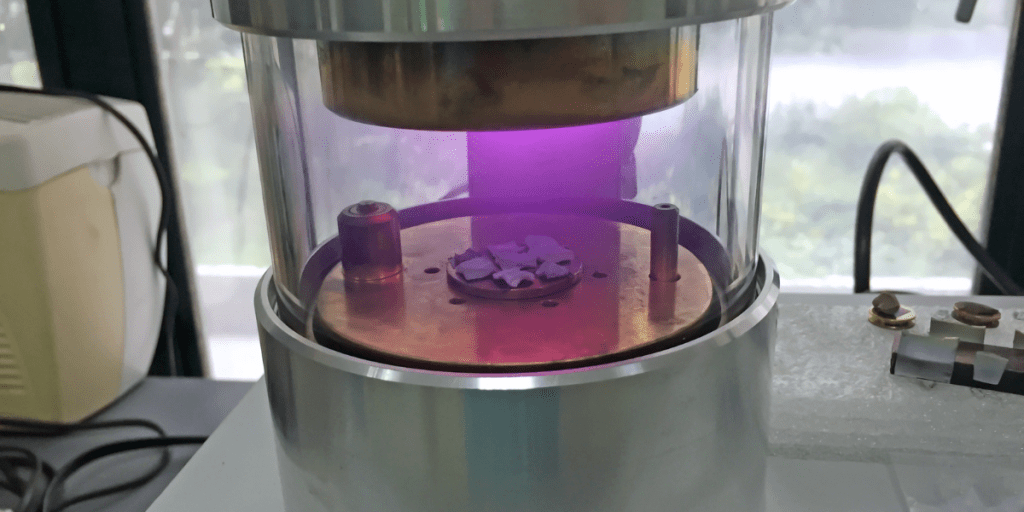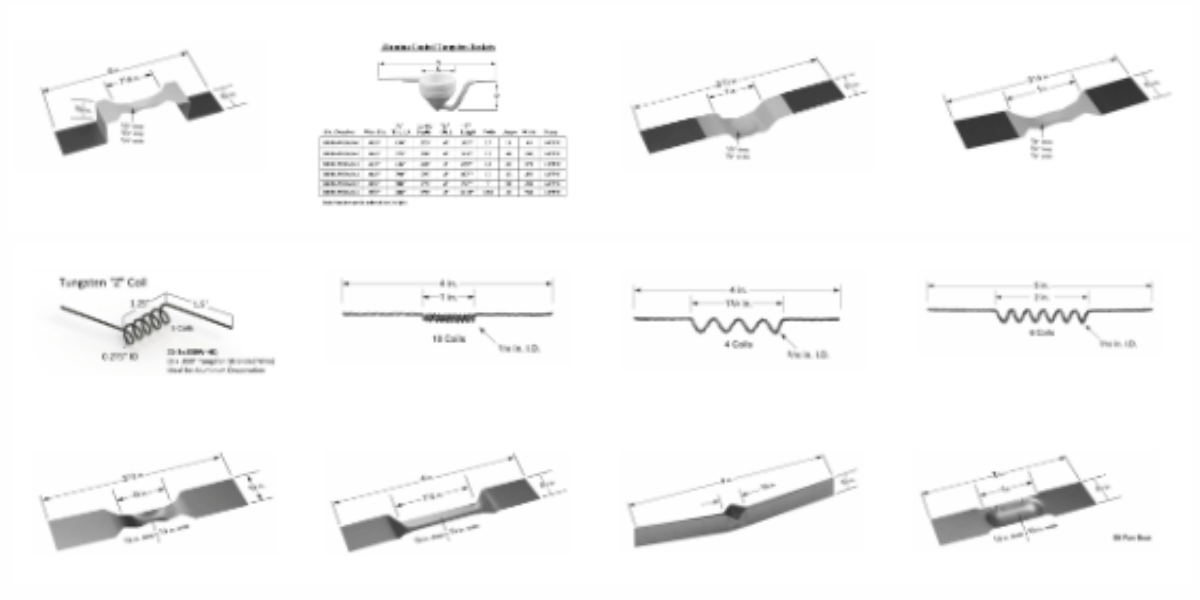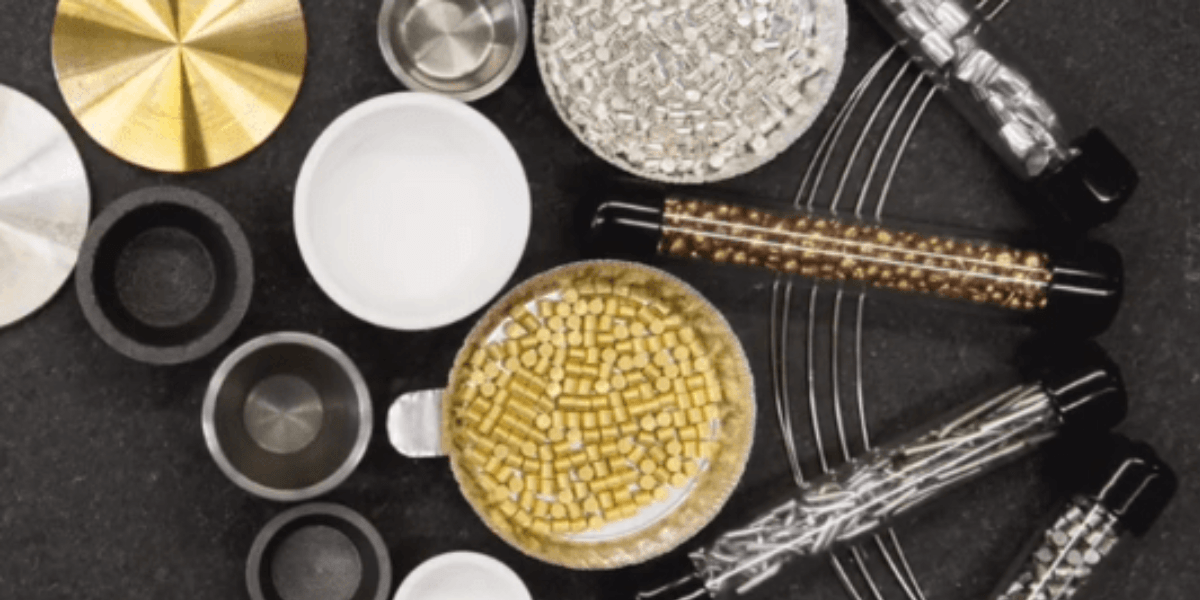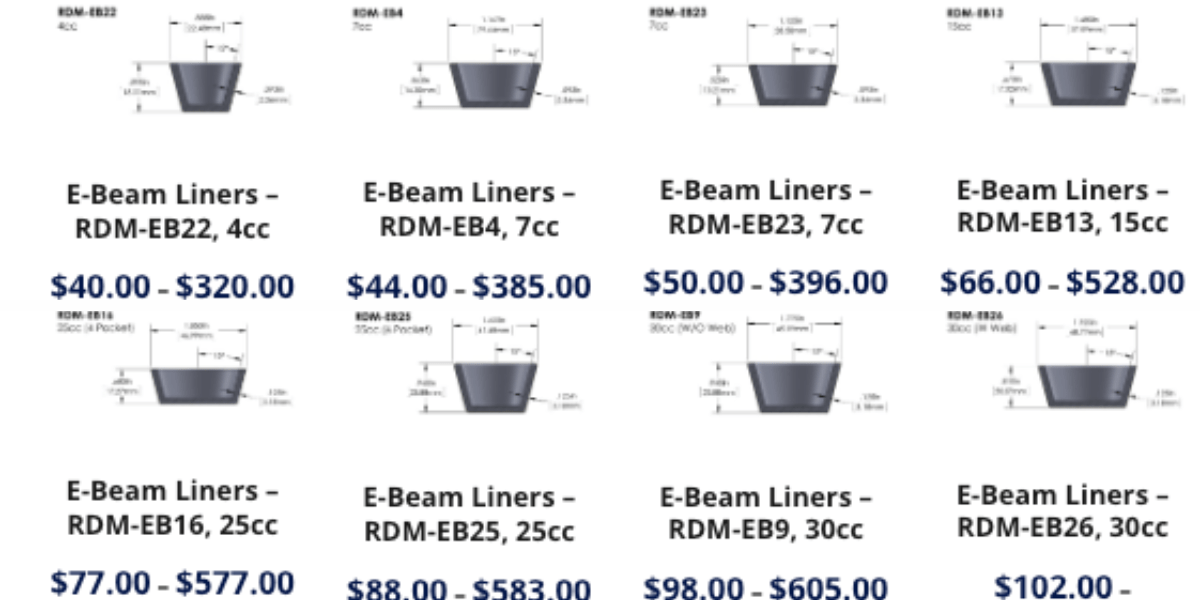Metal Sputtering Target Materials and Their Uses
When it comes to thin film deposition techniques like sputtering, the choice of material for sputtering targets is crucial. Each material brings its unique properties and advantages to the table, making it suitable for specific applications.
One type of sputtering target includes pure metal targets. In this post, we will briefly explore different types of sputtering targets, highlighting their characteristics and common uses.
What Are Pure Metal Targets?
Pure metal sputtering targets, as opposed to alloy sputtering targets, are made out of elemental metals. These are typically available in very high-purity grades, such as 99.999% purities, which ensures minimal contamination in thin film sputtering processes. For coatings that need to have a specific degree of hardness, flexibility, or wear-resistance, you may want to look at the different properties of pure metal coatings.

Image: sputter coater process in a lab
Metals have a wide range of characteristics, but generally, different metals are used for precise depositions of coatings for their high electrical conductivity for electronics. Another common utilization is for their reflective properties, making them see use for optical device manufacturing.
For more details, here are some types of metal sputtering targets that see widespread use:
Chromium Targets
Material Characteristics: Chromium (Cr): Known for their excellent corrosion resistance and hardness. They form a protective oxide layer when exposed to air, making them ideal for applications requiring durability and resistance to wear.
Common Uses: Chromium sputtering targets are often used in the aerospace and automotive industries to create protective coatings on components, such as engine parts and decorative trim.
Copper Targets
Material Characteristics: Copper (Cu): Highly conductive and have good adhesion properties. They are also known for their thermal conductivity and are relatively easy to work with.
Common Uses: Copper sputtering targets are widely used in the semiconductor industry to create interconnects and circuitry on integrated circuits (ICs) and printed circuit boards (PCBs).
Gold Targets
Material Characteristics: Gold (Au): Renowned for their superior electrical conductivity and optical properties. They have excellent reflectivity in the visible and infrared spectra.
Common Uses: Gold sputtering targets are used in various industries, including electronics, aerospace, and optics, for applications such as producing conductive coatings, reflective layers, and decorative finishes.
Iron Targets
Material Characteristics: Iron (Fe): Fundamental in the deposition of ferromagnetic thin films.
Common Uses: Iron sputtering targets contribute to applications in electronics, data storage, and sensing. This includes devices such as hard drives and magnetic sensors.
Tantalum Targets
Material Characteristics: Tantalum is valued for its high melting point and excellent conductivity. This material is also highly resistant to corrosion and have low vapor pressure, making it suitable for high-temperature applications.
Common Uses: Because of this, tantalum sputtering targets find their place in the electronics industry, where they are used to create thin films for capacitors and semiconductors.
Tungsten Targets
Material Characteristics: Tungsten (W): Boasts an extremely high melting point, excellent mechanical strength, and low vapor pressure. They are ideal for applications that require resistance to high temperatures and wear.
Common Uses: Tungsten sputtering targets are crucial in the aerospace, automotive, and solar industries for depositing films that provide thermal protection and durability, as well as in creating high-temperature superconductors.
Shop R.D. Mathis Company’s Collection
R.D. Mathis Company’s target materials are known for their high purity, precise composition, and consistency, ensuring optimal performance and reliability in thin film coating processes. For more information about specialty materials, contact us for a quote.



